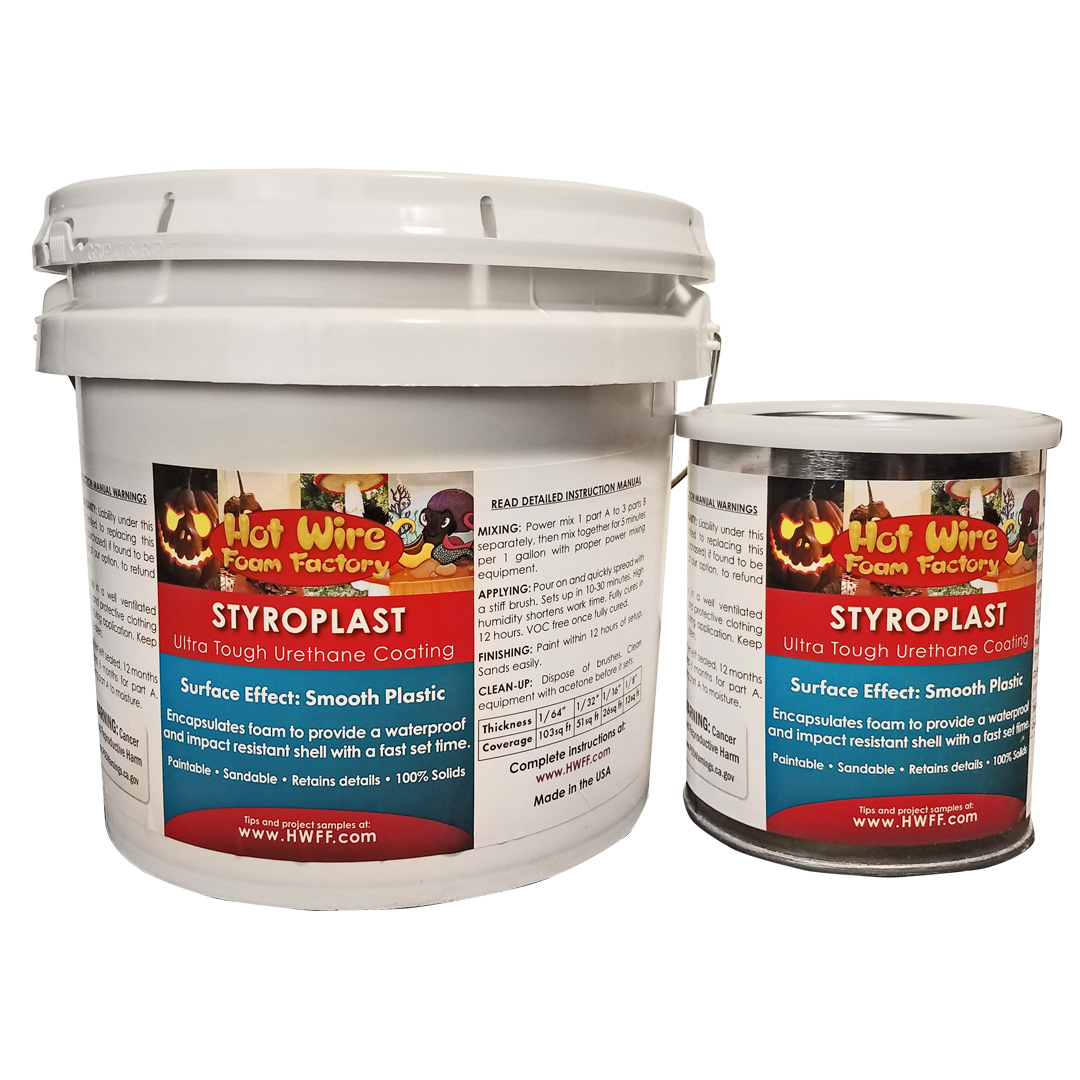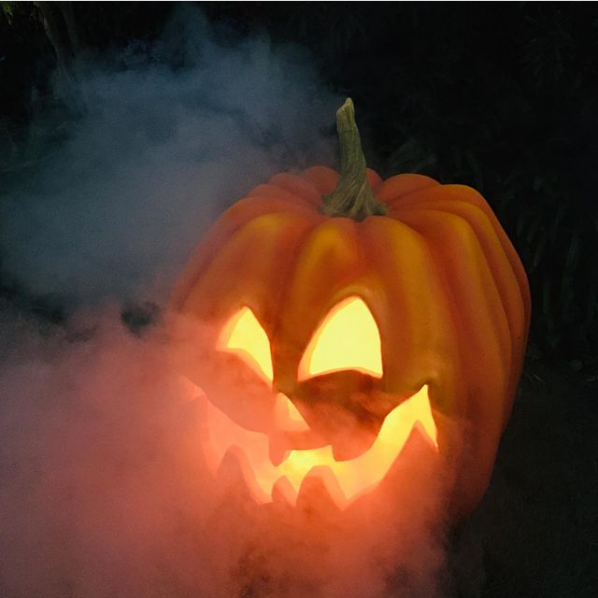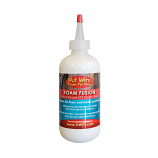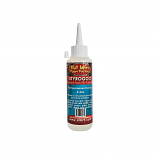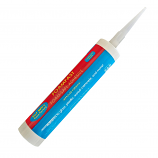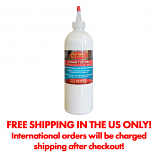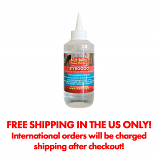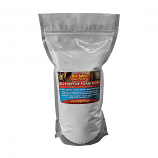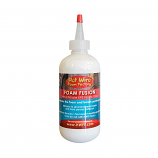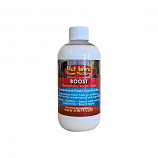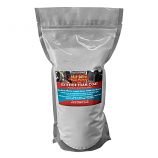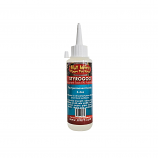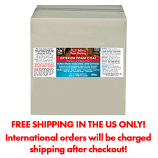Styroplast Foam CoatingProtect and beautify with our one-of-a-kind brush-on encapsulant!Styroplast Foam CoatingProtect and beautify with our one-of-a-kind brush-on encapsulant!Whether you are producing signage or protecting delicate forms for themed scenery, Styroplast will outperform all other coatings. The ultimate brush-on foam encapsulant that's specifically designed to create a durable, impact- and fire-resistant shell on various substrates, including EPS/Styrofoam, insulation foams, and wood. For a comparison of our Foam Coats, click here. To see foam projects made using this product, click here. California Proposition 65 Warning: Features:
Used For:
Instructions:Coverage
USEFUL TIPS: Warming Part B Poly component to 70-75 degrees before use will make mixing much easier. An air conditioned room will deliver an ideal low humidity and slow drying environment. Move coated object to a warm area to promote faster drying. Use our Medium Mesh for extra strength, especially in seams and corners. Apply multiple coats when needed. Best to re-apply 2-12 hours after each coat is applied. Easily sanded between coats. EQUIPMENT: Ordinary paintbrush, notched trowel, or squeegee. Clean up (before mixture dries) with acetone or MEK. REACTIVITY: Potlife (brush): 12-15 minutes @ 76°F (Up to 20 minutes in cool dry environment); Potlife (trowel): 9-12 minutes @ 76°F (Up to 20 minutes in cool dry environment.) MIXING: 1 unit ISO/Part A: 3 units POLY/Part B by volume, or 1 unit ISO: 3.55 units POLY by weight. If needed, power mix Poly component before beginning to apply. This can take up to 5 minutes per 1 gallon pail with proper mixing equipment. Mix with a slow speed drill and paddle mixer. Hand mixing is fine for small quantities. Must mix very exact proportions. Highly recommend using our reusable accessory measuring Syringe or an accurate scale for small quantities. APPLYING: You only have 10-20 minutes to brush or trowel onto your foam project. We recommend having one person pour the mixed Styroplast while another brushes or trowels it over all surfaces. It tends to drip down, so you will need to brush it upward until it sets up. (NOTE: If it pools on a horizontal surface, tilt your foam so it pours out.) To extend application time, bring the humidity down as much as possible. An air conditioner (not a swamp cooler) will help.CURE TIME: Applied coating will set in about 2 to 5 hours at 70°F, depending on film thickness, liquid material temperature and the substrate temperature. Generally, complete cure takes from four to five days at room temperature. Product can be placed into service after one complete day of cure at 70°F minimum. After four days cure the hardness is around 65 shore D. Higher hardness may be attained by post heating the part to 90 – 110 F after 6 hours cure time. If you paint after 12 hours you will need to lightly sand the surface, or better to apply an epoxy primer for paint to stick. WARNING: Avoid contact with skin. Wear dust, skin and eye protection. Use approved respirator when mixing and sanding. In case of eye contact, flush immediately with water, consult a physician. Wash hands with soap and water after use and before eating. Keep out of reach of children.
Tech Specs:FIRE RESISTANCE: Styroplast is self-certified as UL-94 V0 at 60 mils thickness. Flash Point: ASTM D-56 (TCC): Greater than 200°F CHEMICAL RESISTANCE: Hydrolytic Stability: Recovers after 10 days 150°F immersion. Generally resistant to most dilute aqueous agents when cleaned off within 10 hours of contact. Very difficult to stain by virtue of its high hardness and low porosity. Constant or frequent immersion service not recommended. TENSILE PROPERTIES: ASTM D-412; Tensile Strength: 2742 psi; Elongation: 9.7 %; Yield Strength: 2653 psi; Elastic Modulus: 17,127 psi. TEAR RESISTANCE: ASTM D-624: 156 lb/in. HARDNESS: ASTM D-2240; Shore D: 65 - 70 depending upon post cure Conditions. LIQUID COMPONENT PROPERTIES: Solids: % Nonvolatile (wt): 100% Viscosity: Poly Component: Moderate - High @ 77°F; ISO Component: 200 cps @ 77° DENSITY: Poly Component: 12.11 lbs/gal. ISO Component: 10.3 lbs/gal TOXICITY: ISO Component contains isocyanate (the ISO side has similar health hazards as Gorilla glue). Due to toxicity, spraying is not recommended. When brushing, ventilation, gloves and protective clothing required during application. SHELF LIFE: When left sealed, twelve months for Part B and six months for Part A. They will last longer than that when stored properly. Part A, when left open, will draw moisture out of the humid air and create bubbles, so keep container closed at all times. Click here for Foam Coating and Gluing FAQs
Additional Info:
WARRANTY: HWFF Inc./dba Hot Wire Foam Factory warrants this product to be of merchantable quality when used or applied in accordance with the instructions herein. The product is not warranted as suitable for any purpose or use other than the general purpose for which it is intended. Liability under this warranty is limited to the replacement of its product (as purchased) found to be defective, or at the shipping companies’ option, to refund the purchase price. In the event of a claim under this warranty, notice must be given to The Hot Wire Foam Factory in writing. This limited warranty is issued and accepted in lieu of all other express warranties and expressly excludes liability for consequential damages. MSDS available.
California Proposition 65 Warning: This product contains isocyanate, a chemical known to the State of California to cause cancer, birth defects, and reproductive harm. Ventilation, gloves and protective clothing required during application. For more information, go to www.P65Warnings.ca.gov or HWFF's information page: California Proposition 65.
Videos:
|
Is Foam Coat Fire Safe?
Our Foam Coats can be used inside. Not only are they fire-safe, but they also inhibit fires!
Fireproofing chemicals similar to those used on theater curtains have been sprayed on finished projects by several artists. In a normal room, this should satisfy the fire marshal. Fireproofing paints are also available.
Foam walls are commonly viewed as structural by fire marshals. A non-structural wall should receive the same fire rating as a curtain or piece of furniture. Fire ratings for structural walls are much stricter. Collapse occurs when a structural wall fails. In addition, internal walls are built to prevent fire spread.
Is Foam Coat Paintable?
Our Foam Coats can be painted. Once coated you can use almost any kind of paint. Make sure no foam is exposed, as some solvents found in some paints can dissolve it.
You can substitute up to 50% latex paint for water when mixing All Purpose Foam Coat. This will slow the drying time. You can mix water-based concrete pigments with Exterior and All Purpose Foam Coat. Then, if the foam coat chips it will be less noticeable.
Acrylic paints will mix fairly well with base foam coats, but when you add any additives like Bounce it doesn't take well.
Stainfast can be mixed with water based pigments and applied to Create Coat and Exterior Foam Coat to create a stone look. Stainfast also acts as a sealer.
How do I get the Foam Coat smooth?
If you tap on the Foam Coated object, the Foam Coat will momentarily liquify to smooth out the brush lines and other imperfections. You can also smooth it while it's setting with a metal trowel or putty knife.
Smooth Coat is smoother than Exterior or All Purpose Foam Coat and can be added as a last smoothing layer.
Use the little yellow 1-gallon paint spouts for troweling curved surfaces. They can be easily shaped for smoothing foam coat where you have contours. Also, the big yellow sponges that tile setters use help even out the coating and make it somewhat smooth.
How do I keep my Foam Coat from chipping?
For a much stronger coating use Mesh with any of our foam coats. Styroplast is the strongest and most chip-resistant coating we have. Adding Bounce to All Purpose Foam Coat makes it chip-resistant.
Although it helps to moisten the foam before applying, make sure the foam is not getting too wet. If it is cracking or chipping, you can apply a thicker coat, or try a 2nd layer with Boost or Bounce.
How much Foam Coat do I need?
With a 5lb jar, applying the foam coat 1/64"" thick will give you about 60 square feet of coverage. 1/16" thickness will give you 15 sq ft, and 1/4" will give you about 3.75 sq ft.
You can find a chart by clicking on the details section of either foam coats.
Is Foam Coat waterproof?
Smooth Coat and Exterior Foam Coat offer both weather and fire resistance. Many aquarium owners have had great results when using these in their tanks. Click below to see some examples.
We offer a foam-coat/stain system that is aquarium safe and will produce a beautiful natural stone or reef look. Exterior Foam Coat is applied over the foam shape. The coating is then sealed with StainFast, which is also a base for water-base stains. If you want more saturated colors, apply a thin coat of Create Coat over the Exterior Foam Coat, and apply the StainFast to that.
Can I add a second coat?
Adding a second coat of the foam coat is fine as long as the first coat has dried and adhered.
It is common to put on a first thin coat as a scratch coat which allows the second coat to adhere better. We actually recommend applying a scratch coat with Boost added to it when you coat XPS foam.
How do I apply Foam Coat?
Fill big cracks and holes by applying a pasty mixture with a trowel. If using extruded foam (ie Blueboard or Pinkboard) roughen the surface with coarse sandpaper. Apply with a paintbrush, stucco brush, trowel, or hopper gun.
- Use a thinned mixture to texture large areas.
- For best strength apply at least 1/4” (6mm) thick.
- Multiple coats may be applied.
- Brushing or spraying a thin first coat, called a scratch coat, will make the next coat much easier to apply.
- Try texturing surface as the coating sets.
Can I mix the foam coatings together?
We do not recommend mixing our foam coats together. Each has its own characteristics. The different ingredients might react with each other. We do have two fortifiers, Boost and Bounce, that can be mixed with our powdered foam coats. Bounce can only be mixed with All Purpose Foam Coat.
Do you ship Foam Coat internationally?
We can ship foam coat internationally. Although we do not offer any promotional shipping options on the 50lbs outside of the US due to high freight costs, rates are available on the checkout page.

